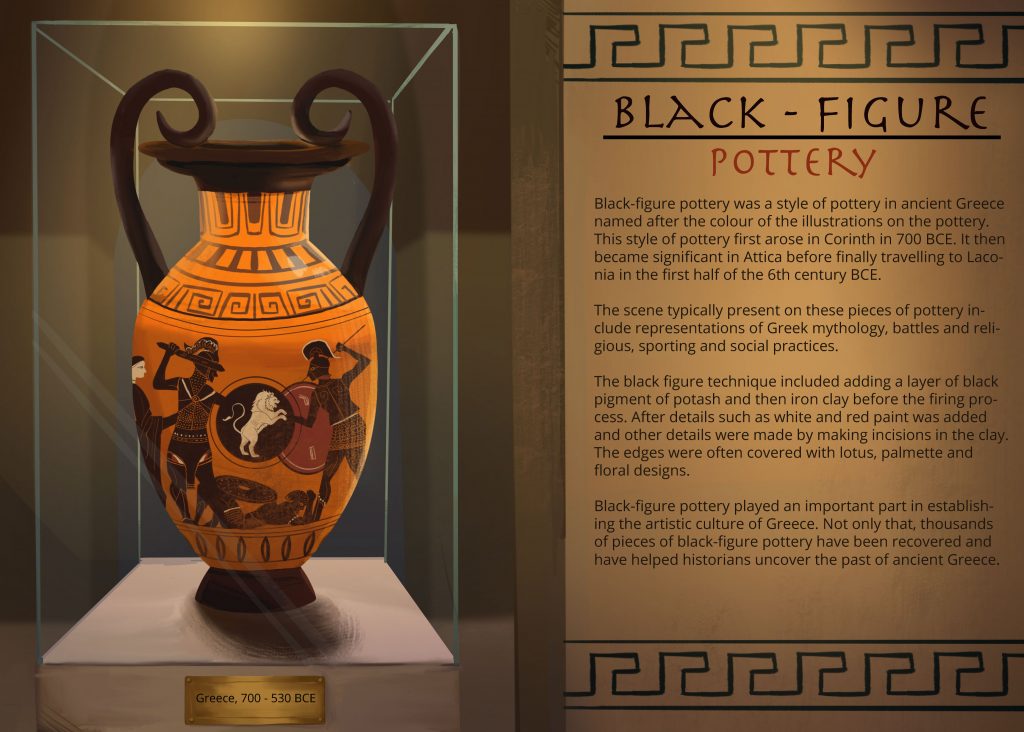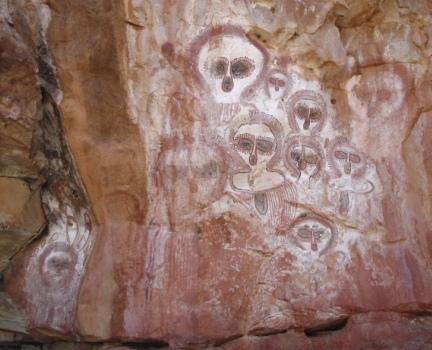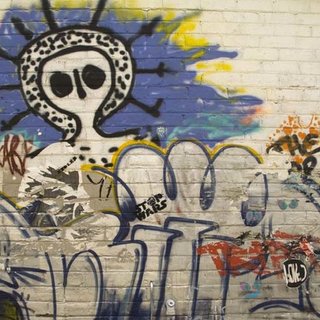Maren Brophy, Nov 25, 2022
Beginnings in Design
Kiyoshi Awazu is a Japanese graphic designer born in 1929 and died in 2009. I was drawn to him as his use of traditional themes with modern design elements was inspiring to me. Awazu is said to be self-taught, and unlike most artists, he learned from practice and experience. His career launched in 1954 when he joined the advertising department for a film company known as Nikkatsu. His role in the company was small as he was only part-time and he was involved in just a few minor theatre design projects. In 1955, his poster “Give back our Sea” (海を返せ) became a sensation in the graphic design world. The poster represents the restrictions placed on fishermen due to military conflict and Awazu’s own experience growing up in post-World War 2 Japan. The award-winning poster was recognized by the Japan Advertising Artists Club and represented a turning point in Awazu’s career.
Give our Sea Back (1955) Kiyoshi Awazu. https://www.nonaka-hill.com/artists/121-kiyoshi-awazu/works/567-kiyoshi-awazu-give-our-sea-back-1955/. This award-winning poster put Kiyoshi Awazu on the map as a designer. The poster is also an example of how Awazu incorporated social commentary into his designs which would become a staple of his work throughout his career.
His Design Work: Many Important Messages, Mediums, and Motifs
Awazu was a versatile artist who worked in a wide variety of media such as editing, essay writing, photography, filmography, and graphic design. He incorporated his interest in film into his graphic design work by creating movie posters. Along with his involvement in the graphic design world, he also collaborated with architects and urban designers and aimed to address social issues in his work. In the post-war modernism era, design was becoming a vehicle for economic growth. Awazu remained traditional in the sense that he wanted to create art with a deeper meaning. The rapid change at this time meant that folklore values were rapidly disappearing. One of Awazu’s goals was to resurrect these traditional art forms using ancient printing methods to represent modern symbolism. Awazu believed that a designer’s mission was “to extend the rural into the city, foreground the folklore, reawaken the past, summon back the outdated.”
Most of his design work resembles elements of pop or psychedelic art, but what really makes his work stand out is his use of colour and symbols which create a unique visual aesthetic. What I adore about Awazu’s work is although it is classified as modernist, it is still incredibly complex and rich.
The Japan Council Against Atomic and Hydrogen Bombs (1957) Kiyoshi Awazu. This poster was done by Kiyoshi to speak up against atomic and hydrogen bombs. This piece shows his use of social messages in his designs along with post-World War 2 themes. https://pen-online.com/arts/kiyoshi-awazus-psychedelic-prints/?scrolled=2
An example of Awazu’s ability to take the traditional and represent it in a modern context is the “New Spirit in Japan” (1984) poster. On the left, there is a topographic pattern made up of traditional Japanese symbols. Through using modern, thin lines in the wave patterns on the right, vivid colours and bold shapes, Awazu brings a fresh perspective to traditional Japanese ideas.
New Spirt in Japan (1984) Kiyoshi Awazu, https://visualmelt.com/Kiyoshi-Awazu. This piece is a great example of Awazu’s ability to use modern design elements (simplified shapes, bright colours) with traditional Japanese imagery as seen on the left.
His Impact on Design as We Know it Today
Awazu continued to create up until his death in 2009. His legacy in design continues many years after his death. Between developing graphic design culture in Japan, challenging the status quo of design at the time and advocating for art with social messages, Awazu’s ideologies continue to be inspiration for designers. Kiyoshi Awazu’s work is a reminder that traditions and change can co-exist, and by utilizing elements of both, we can create some truly impactful and important designs.
Sources:
https://www-tandfonline-com.ezproxy.capilanou.ca/doi/pdf/10.1080/17547075.2017.1315222
https://npo-plat.org/awazu-kiyoshi-en.html
https://sabukaru.online/articles/kiyoshi-awazu-reawaking-the-outdated




